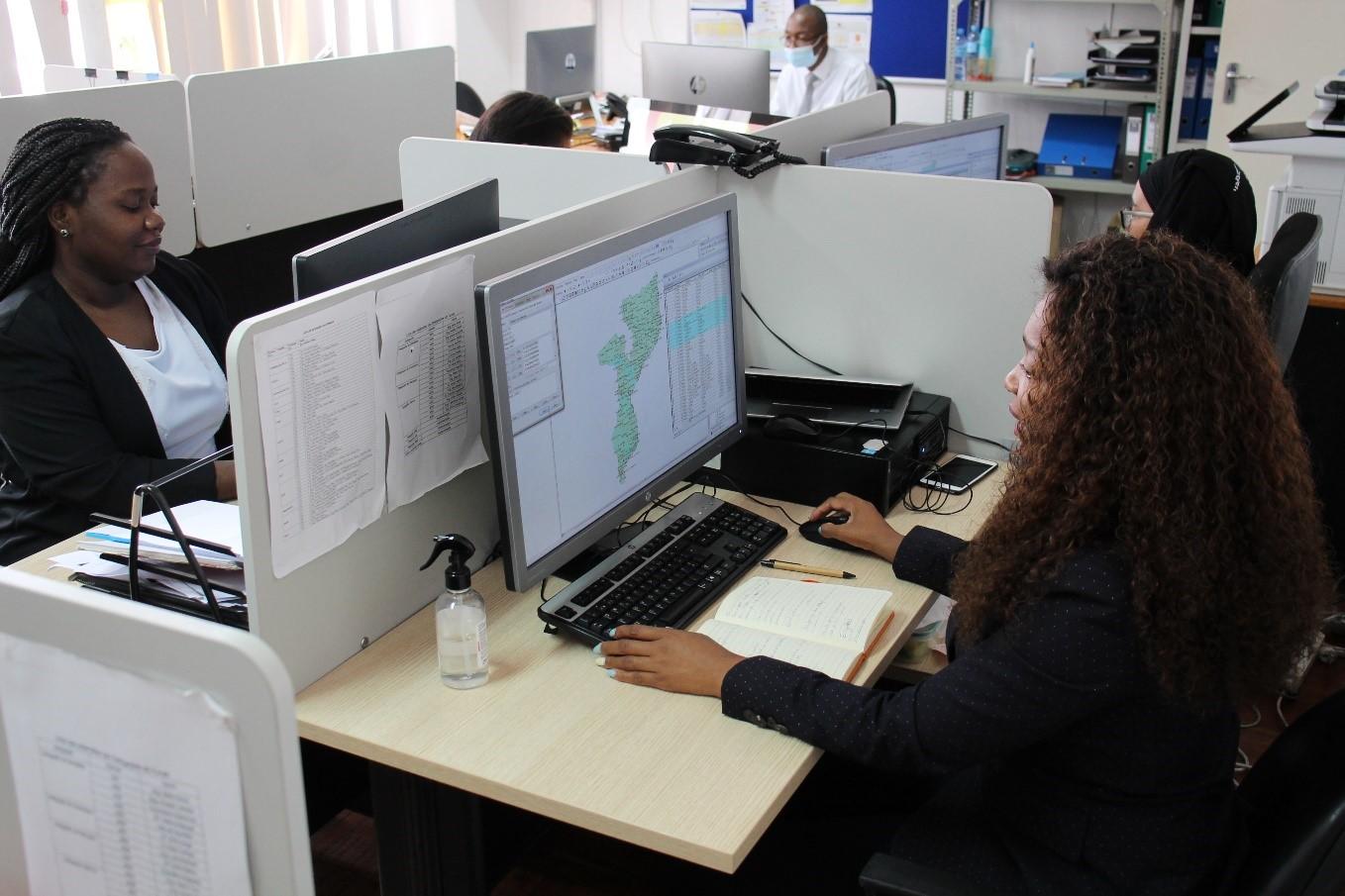Rural electrification in Mozambique: how to find the right villages?
By:
Antoine DE CLIPPELE & Riccardo DEL CITTO
Mozambique has abundant
resources for generating clean, accessible and sustainable energy. In 2011, the
United Nations launched the Sustainable Energy for All (SE4All) initiative to
ensure universal access by 2030 to modern energy services, double the global
rate of improvement in energy efficiency, and double the share of renewable
energy in the global mix. Although a wide range of socio-economic and
environmental arguments are in favour of renewable energy systems, political
and legal, technical and financial barriers generally persist.
The electricity access in Mozambique
in 2018 was estimated at 31.1%. In rural areas, however, this rate drops to 8.0%
(World Bank[1]). Meanwhile, in November 2018, the Government of Mozambique launched the National Energy for All
Programme to advance the country towards achieving energy access by 2030. The programme prioritises
grid expansion and densification but also considers the role of off-grid,
renewable energy-based solutions, especially in remote areas.
Providing electricity to everyone in
Mozambique requires considerable investments. Experience in Mozambique so far shows
that the high number of stakeholders in the energy sector, their different interests
and lack of coordination increases the risk of duplicating efforts and waste
resources.
A systematic and objective approach
will facilitate coordination in off-grid energy planning. One of the tools
available for planning is remote sensing. This allows us to systematically
evaluate all the sites for off-grid electrification and determine which locations
have the highest potential based on defined criteria and priorities.
General planning based on estimates
of population size and distribution, electrified areas, location of the national
grid and socio-economic data will help prioritise the villages for
electrification and determine which delivery technology should be used. Mozambique however
faces the same data availability issues as many other countries in Sub-Saharan
Africa. Very often, population data or national grid data are not available.
This information does not exist or is not available due to the lack of
collaboration between the different stakeholders.
FUNAE, the National Energy Fund, is particularly
concerned about this issue. Indeed, together with the Ministry of Energy and
Mineral Resources (MIREME) and the Mozambican Electricity Company (EDM), these
institutions need coordination to avoid duplication of effort in the field of electrification.
While EDM works on the expansion and densification of the national grid, FUNAE is
mandated to electrify the remote(r) areas with off-grid technologies. This, of
course means knowing each other's presence in the national territory to avoid
working in the same areas.
FUNAE has so far been able to identify
the most promising off-grid electrification sites due to its widespread
presence at the provincial level. The standard approach involves intensive
fieldwork, with constant deployment from delegation offices and from headquarters
in the capital. However the risk remains that this approach does not take into
account places that are more isolated and less well known by FUNAE and its
partners.
In 2020, this approach was further
hampered by travel restrictions related to the Covid-19 pandemic.
Through its Renewable Energy for Rural Development Phase II (RERDII) project, Enabel (the Belgian Development Agency), as a partner of FUNAE,
proposed, among other solutions, the use of innovative geospatial technologies
(GIS) to solve the problem of data availability. After analysing the best
practices in other countries, a method was developed internally. The method
addresses data scarcity by combining largely openly available data with the
existing data in the institution. The idea behind the proposed method is
simple: Firstly, we identify the location of population and the existing and
planned national electrical grid. This will allow us to filter the villages
with large and dense populations so far from the grid that they are unlikely to
be connected to the national grid in the foreseeable future. For FUNAE, these
two criteria (location of settlements and the national grid) are strategic. After
mapping these as accurately as possible, it is still possible to complete the
analysis by cross-referencing with other information, such as the location of schools
and health centers, distance to major cities, population growth, household
income, economic potential and potential productive uses of electricity.
Both for the population and the
electrical grid, only incomplete and outdated data is currently available in
Mozambique. In order to approximate this data and carry out our analysis, we
will therefore use alternative approaches.
For population data, there are several
open data initiatives to estimate the population of countries based on
available census data, satellite images, statistical models, built-up areas…
These initiatives provide population estimates with a resolution of 100m. This
resolution is high enough to identify villages. The joint work in this area
between the RERD2 project and the FUNAE Department of Research and Planning
made use of GRID3[2].
As far as the data of the national grid
is concerned, the lack of data can be compensated by remote sensing and
satellite images. Based on night light and population data, we used the Gridfinder[3]
model to determine the most probable path of the power lines. We then combined
the modelled lines with the available data. By strengthening our cooperation with
EDM, the national electricity company, we added the planned power lines to the
map.
Even though both datasets remain
estimates, it is a significant improvement from the situation as it was. It can
already be used as a starting point for planning the priority villages for off-grid
electrification. After combining all this information, we can draw up a shortlist
of villages and, thanks to the FUNAE delegation in each province, contact the local
authorities of these places or villages. For the more promising villages, telephone
surveys can be conducted to collect more information. Eventually, if the
village seems to have sufficient potential, a site mission can be organised to
confirm the information and prepare the next steps for electrification.
During the application of the
methodology conducted recently in two provinces, 14 sites were selected from an
initial list of 53 submitted by the provincial FUNAE delegations while 13 new locations
were identified that were not included in FUNAE's rural electrification plans. Data
collection is now underway through telephone interviews on all priority sites.
The potential of the most interesting villages will be verified through field
surveys.
Ultimately, the methodology described
above leads not only to a systematic approach to rural electrification
planning, but also to a reduction in the number of on-site missions. Indeed, these
missions are resource-intensive and can have a significant impact on the
availability of technicians for other tasks. Moreover, working through this
method with the different stakeholders has also made it possible to address the
issue of collaboration between the different institutions. Although there is
still work to be done in this area, working on this method was an important
step in raising awareness of the importance of enhanced collaboration in the
energy sector.
[1] https://data.worldbank.org/indicator/EG.ELC.ACCS.RU.ZS?end=2018&locations=MZ&start=2002&view=chart
[2] https://academiccommons.columbia.edu/doi/10.7916/d8-37sa-gy34
[3] https://gridfinder.readthedocs.io/en/latest/
Latest news from this project
No news

